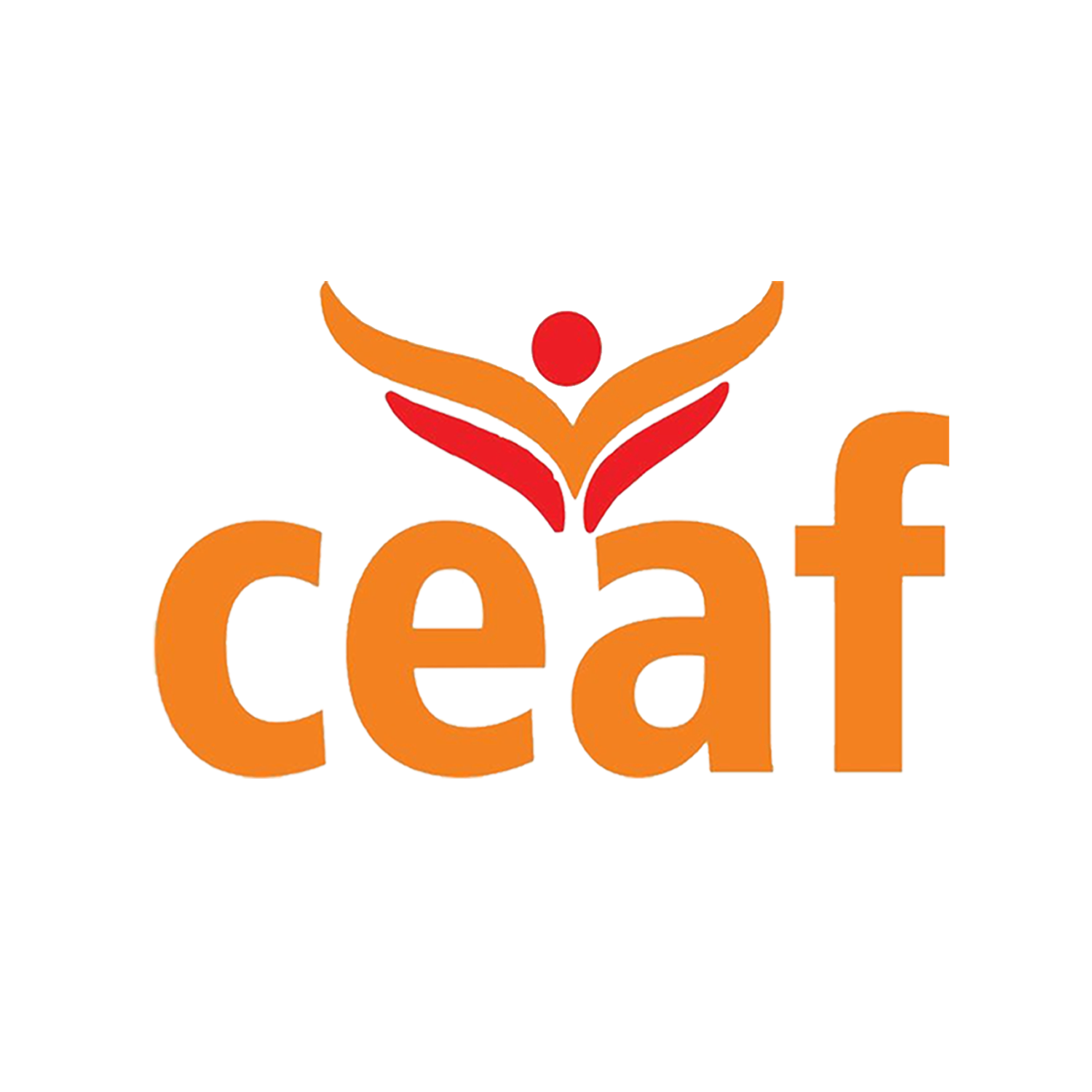Human trafficking is one of the gravest violations of human rights, impacting millions of people worldwide. This modern-day form of slavery involves the exploitation of individuals for various purposes, including forced labor, sexual exploitation, child soldiering, and organ trafficking. It is a global crime that transcends borders, affecting people of all ages, genders, and backgrounds.
As an NGO committed to combating abuse and empowering survivors, CEAF stands firm in its fight against human trafficking. This detailed write-up aims to educate, raise awareness, and inspire action against this heinous crime.
What is Human Trafficking?
Human trafficking is defined by the United Nations as the recruitment, transportation, transfer, harboring, or receipt of persons by means of force, fraud, or coercion for the purpose of exploitation. Exploitation can take various forms, including:
Forced Labor: Victims are compelled to work under inhumane conditions for little or no pay.
Sex Trafficking: Victims, often women and children, are forced into prostitution or other forms of sexual exploitation.
Child Exploitation: Children are trafficked for illegal adoption, forced labor, or even for use as child soldiers.
Organ Trafficking: Victims are coerced into giving up their organs, often under false pretenses.
Key Facts and Statistics
Global Impact: The International Labour Organization estimates that over 27 million people are trapped in forced labor and sexual exploitation globally.
Gender Disparity: Approximately 71% of trafficking victims are women and girls, highlighting the gendered nature of this crime.
Child Victims: One in three detected trafficking victims is a child.
Profitability: Human trafficking generates over $150 billion annually, making it one of the most lucrative crimes in the world.
The Root Causes of Human Trafficking
Human trafficking thrives due to a combination of social, economic, and political factors:
Poverty and Unemployment: People living in poverty are often lured by false promises of better opportunities.
Lack of Education: A lack of awareness makes individuals vulnerable to traffickers.
Conflict and Political Instability: Wars and conflicts displace populations, making them easy targets for exploitation.
Weak Legal Frameworks: Countries with inadequate laws and enforcement mechanisms often serve as hubs for trafficking networks.
Cultural Practices: In some regions, cultural norms like child marriage and bonded labor perpetuate trafficking.
The Traffickers’ MO (method of operation)
Traffickers use various tactics to manipulate and control their victims:
Deception: They promise jobs, education, or a better life.
Coercion and Threats: Victims are often threatened with violence against themselves or their families.
Isolation: Traffickers isolate victims from their families and communities to ensure compliance.
Psychological Manipulation: Emotional abuse and gaslighting keep victims subdued.
Impact on Victims
The physical, emotional, and psychological toll on trafficking victims is profound:
Physical Abuse: Victims often suffer injuries and health complications due to poor working conditions or violence.
Emotional Trauma: Many experience PTSD, anxiety, and depression long after escaping trafficking.
Social Stigma: Survivors face judgment and discrimination when reintegrating into society.
The Fight Against Human Trafficking
Legal Frameworks
International and national laws play a crucial role in combating trafficking:
The UN Palermo Protocol provides a comprehensive framework to prevent, suppress, and punish trafficking.
Many countries have enacted anti-trafficking laws, but enforcement remains a challenge.
NGO and Community Efforts
Organizations like CEAF are critical in:
Raising awareness through community outreach and education.
Providing safe houses, legal aid, and rehabilitation services for survivors.
Partnering with law enforcement to dismantle trafficking networks.
The Role of Technology
Technology has a dual role in trafficking:
Facilitator: Traffickers use the internet to lure victims and evade detection.
Tool for Good: Anti-trafficking organizations use data analytics, social media, and apps to track traffickers and educate the public.
What Can You Do?
Raise Awareness
Share information on social media to educate others about human trafficking.
Support NGOs like CEAF that are actively fighting trafficking.
Be Vigilant
Learn to recognize the signs of trafficking, such as individuals who appear controlled, fearful, or unable to speak freely.
Report suspicious activities to authorities or hotlines.
Advocate for Stronger Policies
Lobby for stricter laws and better enforcement mechanisms.
Support initiatives that address the root causes of trafficking, such as poverty and lack of education.
Support Survivors
Volunteer your time or resources to organizations that provide rehabilitation services.
Avoid stigmatizing survivors and advocate for their reintegration into society.
CEAF’s Commitment to Ending Human Trafficking
At CEAF, we believe that freedom is a fundamental human right. Our work focuses on:
Creating Awareness: Through school programs, community outreach, and social media campaigns, we educate people about trafficking and how to prevent it.
Supporting Survivors: We are building a safe house to provide shelter, counseling, and vocational training for victims.
Partnering for Justice: Collaborating with legal organizations like Headfort Foundation to ensure survivors receive the justice they deserve.
Human trafficking is a crime that thrives in the shadows. By bringing it to light, we can dismantle its networks and empower survivors to reclaim their lives. CEAF calls on everyone—governments, communities, and individuals—to join the fight against human trafficking. Together, we can create a world where every individual lives free from exploitation.
Freedom is not just a privilege; it is a right that belongs to us all.



0 Comments